Dental Filling vs Crown: Which Should You Pick? Make the finest choice by reading on!
What are dental crowns?

What are dental crowns? Dental crowns, sometimes referred to as porcelain crowns, are a covering for the tooth’s visible portion. Each crown’s shape is dictated by its originating tooth. As the replacement resembles the original, porcelain crowns have a cosmetic advantage over metal-based ones. This is important if you have a crown for your front teeth.
Why are Dental Crowns Needed?
You may want to consider a porcelain crown if you:
- Have you recently had a dental injury? Would you want to prevent a weak tooth from fracture or fix a cracked, worn-out tooth?
- An anchor is required for a dental bridge to keep it in place.
- Want to reshape a crooked tooth, to enhance your smile
- To cover and support the teeth by replacing a filling that has gone loose or dropped out.
- Have been treated with a root canal treatment.
What is the Process of Dental Crown Treatment?
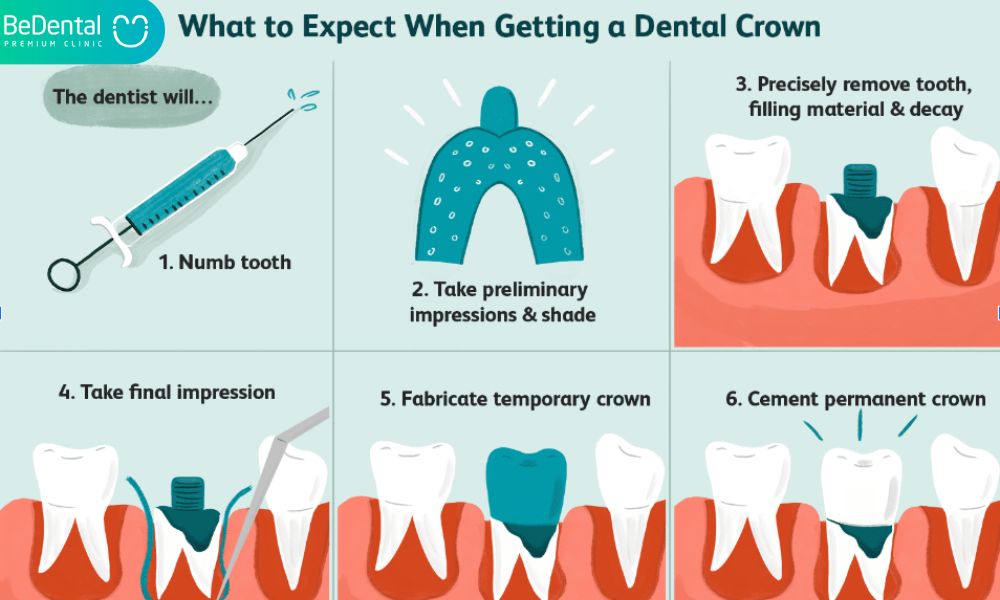
What is the Process of Dental Crown Treatment? Treatment for porcelain crowns frequently necessitates two visits. due to the preparation done to prepare your teeth for a porcelain crown. At the initial session, the dentist will take X-rays of the tooth and the bone around it. If you have any of the following issues, root canal therapy may be necessary:
- Tooth decay.
- Risk of infection.
- Injury to the tooth’s pulp.
The dentist will next detect and remove any susceptible portions of the tooth to allow room for a temporary crown. If too much of the tooth’s structure has been lost, a filling can be used to make the tooth larger before the crown is placed over it.
A paste or putty is used to create a replica of the natural tooth once it is ready. The teeth above and below the tooth receiving the dental crown will also have replicas produced. The extensive imprints are done to make sure that the crown won’t obstruct your ability to eat.
A laboratory will receive the imprints. The crowns will be created in a lab, which typically requires two to three weeks. Your prepared tooth will be restored with a temporary crown prior to your subsequent visit while you wait for the permanent crown.
The second appointment is generally within the following two weeks, during which your temporary crown will be removed and the permanent crown will be examined. If everything is in order, the gum tissue behind your teeth will be numbed and the new crown will be placed.
Dental crown treatment in one day. If your dentist has the required equipment, dental crowns can also be manufactured in the office. This operation is carried out in the same manner as the conventional method, beginning with the removal of decay and contouring of the tooth to guarantee a complete fit inside the crown.
The process for creating permanent crowns is different from the first step since it takes only one day. Digital pictures of the tooth within your mouth are obtained using scanning equipment (sometimes referred to as a “wand”). Computer software examines these images and builds a 3D model of the tooth. A second inside machine uses the computerized design to carve a ceramic block into the shape of the crown. Computer-aided or computer-aided manufacturing, or CAD/CAM, is the name of this process. In around 15 minutes, the crown will be prepared to be cemented into place.
What is Dental Filling?
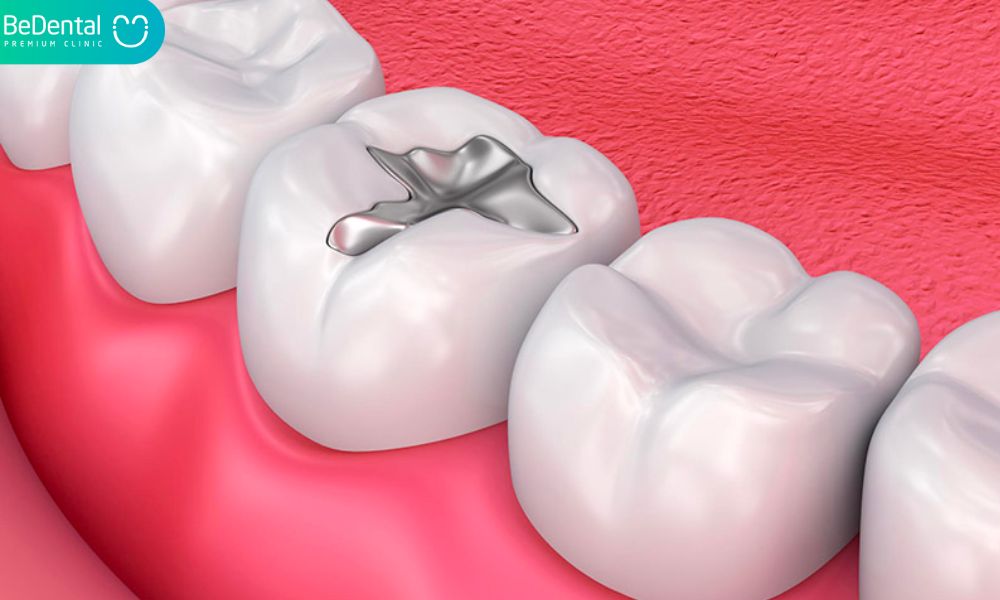
To fix teeth that have been worn down, including broken or shattered teeth, tooth fillings are created (such as from nail-biting or tooth grinding).
Before sealing the gap left on the tooth where the decaying material was removed, your dentist will first remove the afflicted area of the tooth.
Dental Fillings Procedure
Before starting the tooth filling procedure, the dentist will first temporarily numb the surrounding tissue of the tooth using a local anesthetic. After that, the rotten area will be eliminated with the use of a drill, air abrasion tool, or laser. The tool selection is influenced by the dentist’s comfort level, training, and investment in the particular piece of equipment, as well as the location and severity of the decay.
Your dentist will then probe or check the area to see if all of the decay has been removed. The dentist will begin preparing the region for the filling as soon as the decay has been entirely removed by cleaning out the cavity of bacteria and debris.
Your dentist will need to place a liner consisting of glass ionomer, composite resin, or another substance to protect the nerve if the decay has already spread to the root. The dental fillings are normally polished and completed by your dentist after they have been installed.
The additional actions described below must be carried out to guarantee that the dental fillings you acquire suit your teeth. The decay will be treated and the area will be properly cleaned by your dentist before the tooth-colored material is applied. After that, each layer is “cured” or made harder using a certain type of light. After finishing the multilayering method, the dentist will mold the composite material to get the desired result, cut off any excess material, and polish the finished repair.
Dental Filling vs Crown
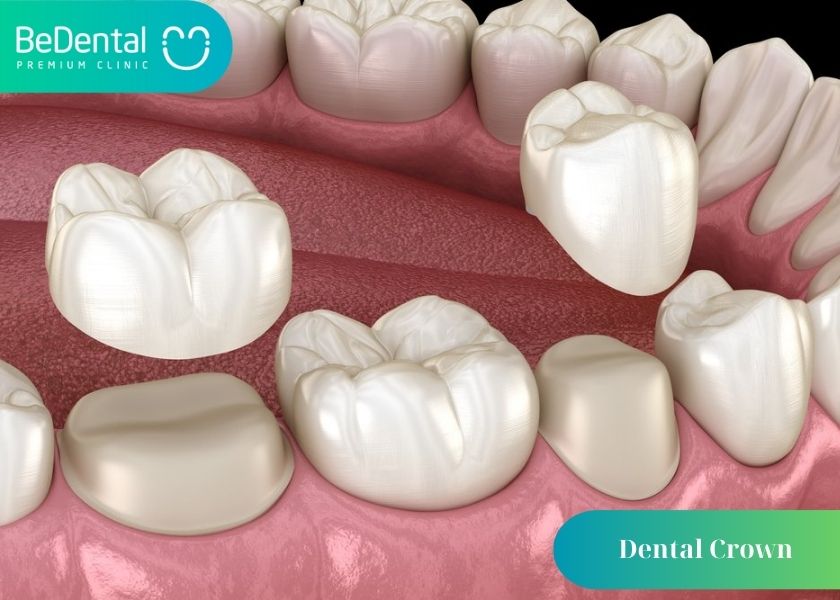
To determine which option (dental fillings vs. crowns) would be more successful, a dentist would consider the following factors:
Size of the cavity
One of the factors influencing the decision between a dental filling and a dental crown is the size of the cavity. When tooth decay is left untreated for a long period, it deepens and grows. If the cavity is discovered in time, a filling will suffice. If the decay has seriously destroyed a sizable portion of the tooth, the dentist will suggest having a dental crown.
Tooth condition
If a tooth has received too many fillings, a crown may be necessary. This occurs as more fillings replace the tooth’s natural structure, weakening the tooth. It won’t be long until it loses the ability to withstand regular biting and chewing. A tooth may break or shatter as a result of this. Pulpitis, a bacterial infection of the root, is more likely to affect a tooth that has several little fillings or one large filling. An infection won’t be able to spread to the tooth because of the crown.
Broken or cracked teeth
If a tooth has received too many fillings, a crown may be necessary. This occurs as more fillings replace the tooth’s natural structure, weakening the tooth. It won’t be long until it loses the ability to withstand regular biting and chewing. A tooth may break or shatter as a result of this. Pulpitis, a bacterial infection of the root, is more likely to affect a tooth that has several little fillings or one large filling. An infection won’t be able to spread to the tooth because of the crown.
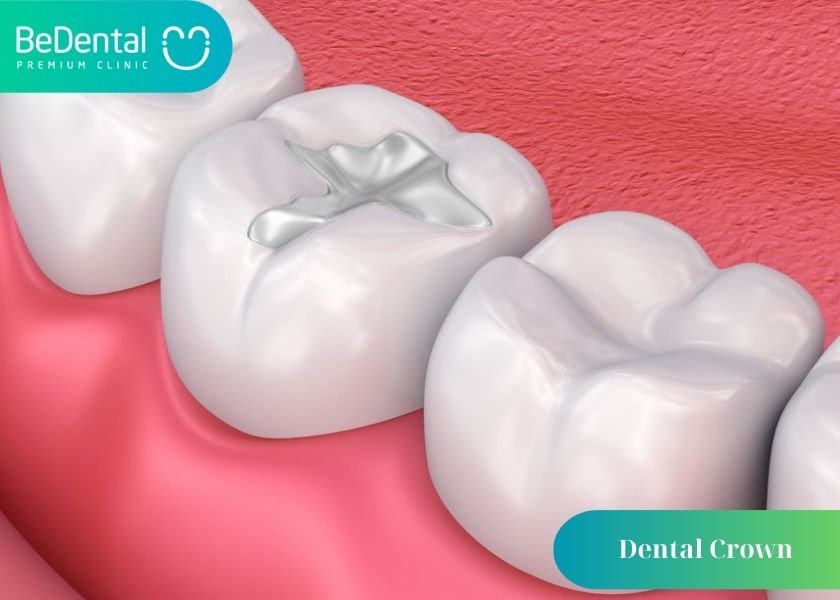
Root canal treatment
If a tooth is sick, the dentist can remove the center, although doing so will leave the tooth hollow and weak. To prevent extraction, the tooth has to have a root canal and be protected with a dental crown.
More
A Periodic Dental Check-up: 5+ Things You Should Know
Wisdom tooth removal: 4 things you must know
Water flossers: The 8 best water flossers of 2023
Gum Disease and 3 Factors to Recognize Gum Disease




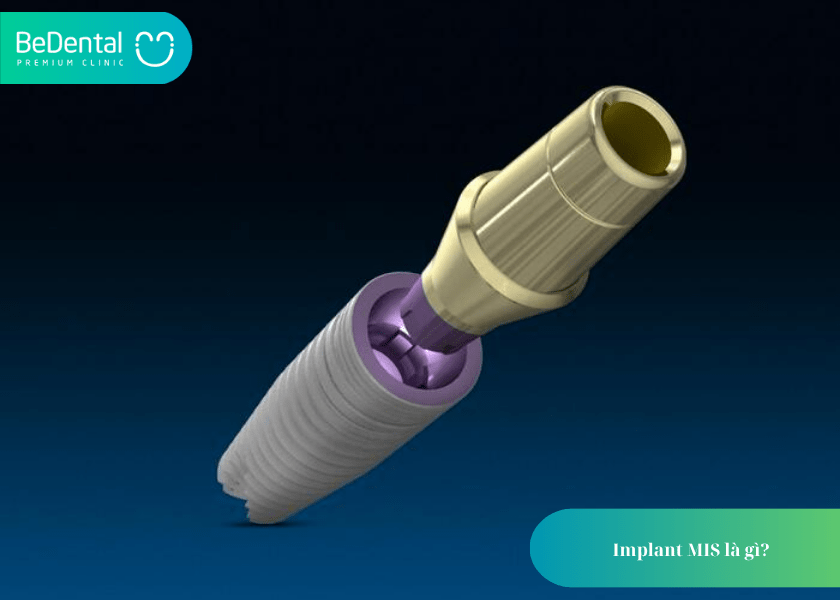

Pingback: How long does dental filling last? Important considerations after dental filling – Be Dental